Both Osaki and Daiwa have earned serious positions in the U.S. massage chair market, but they cater to two very different buyer mindsets—and take two very different engineering routes.
Osaki, with its vast lineup and aggressive feature-per-dollar positioning, dominates online marketplaces and retail floors alike. From simple, highly affordable entry chairs like the OS-Champ, through flexible mid-tier models like the OS-Pro Admiral II, to highly sophisticated flagships like the Maestro LE 2.0, Osaki offers something for nearly every buyer. Their philosophy revolves around stacking technology into all price levels while maintaining competitive pricing across the entire catalog.
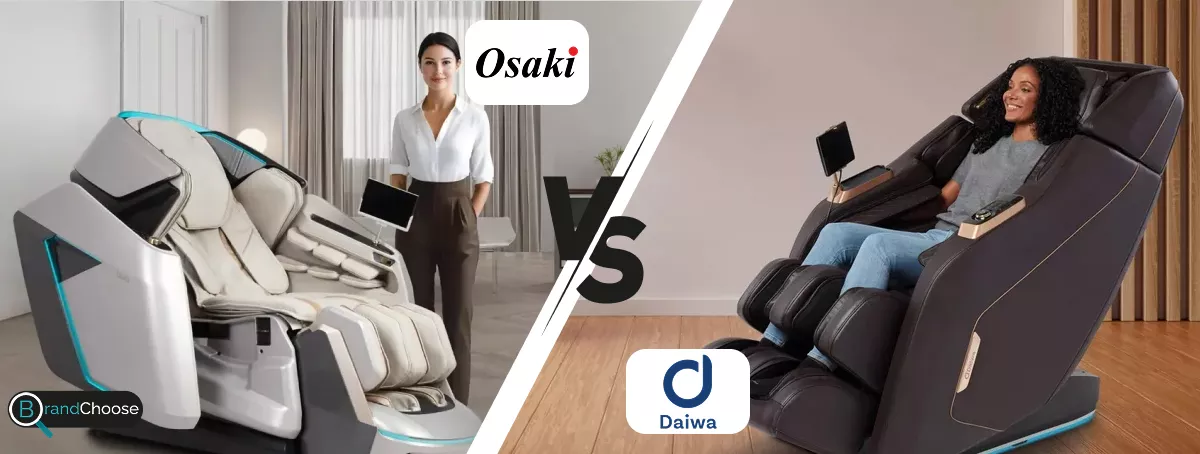
Daiwa, by contrast, builds a much narrower product catalog—but focuses heavily on mechanical engineering sophistication, hybrid roller systems, and spinal decompression innovations. The brand’s Japanese design inspiration is reflected in both its roller motion and stretching logic. While its pricing tends to skew higher than Osaki, Daiwa offers serious competition in terms of mechanical fluidity, dual-track stretching systems, and long-session therapy.
Product Selection
How much model diversity a brand offers directly impacts buyer flexibility across budgets, body types, and therapy needs.
🟦 Osaki remains the undisputed leader in product variety across nearly every price point. The lineup starts with the extremely affordable OS-Champ, scales up to high-performing mid-tier models like the OS-Pro Admiral II, and peaks with the fully loaded Maestro LE 2.0 flagship. Across its 60+ live SKUs, Osaki offers everything from simple SL-track chairs to heated 4-D models with memory profiles, voice control, and smart-home integration. While this huge catalog provides endless options, it often overwhelms less experienced buyers who must sift through subtle spec differences and model overlaps.
| Primary Use Case | Osaki | Daiwa | ||
| Entry | OS-Champ | 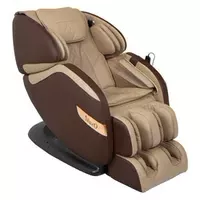 |
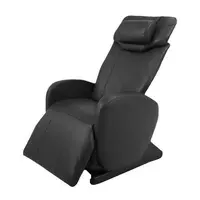 |
Vitality Chair |
| Mid | OS-Pro Admiral II | 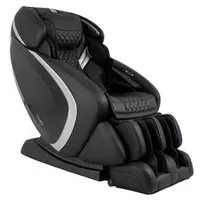 |
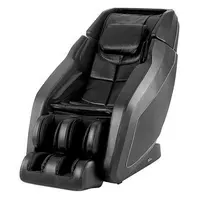 |
Olympia |
| Flagship | Maestro LE 2.0 | 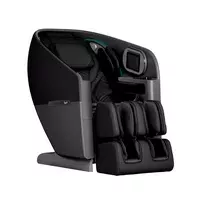 |
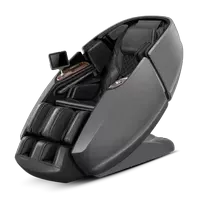 |
Supreme Hybrid |
🟪 Daiwa maintains a far smaller but highly disciplined lineup. The Vitality Chair serves as its entry point, combining simple airbag compression with basic vibration therapy for budget-conscious shoppers. The Olympia provides advanced 3-D roller systems and rotational decompression in the mid-tier range. At the flagship level, the Supreme Hybrid focuses exclusively on hybrid split-track innovation and medical-grade decompression stretching. Daiwa’s model separation feels much clearer, making it easier for therapy-focused buyers to confidently choose the right chair.
✅ Verdict: Osaki delivers broad catalog range and massive flexibility for every price tier. Daiwa offers a streamlined, therapy-centric model structure for clinical decompression buyers who prefer simplicity with engineering depth.
Customer Support & Warranty
Reliable after-sale support defines long-term ownership value when maintenance needs eventually arise.
🟦 Osaki provides warranty coverage ranging from 1 to 3 years for labor and parts, with up to 5 years of frame coverage available through certain dealers. Its U.S.-based warehouse infrastructure ensures strong replacement part access, but because Osaki works through numerous retailers and dealer networks, customer service experiences vary depending on the seller involved. Urban buyers typically report quicker repair turnaround than buyers located in less densely populated regions.
🟪 Daiwa offers competitive warranty coverage with 5 years on frame, 3 years parts, and 1 year in-home labor (extendable for additional cost). Daiwa also maintains a smaller authorized dealer network, which results in more centralized service coordination and often faster technician scheduling for complex repairs. Buyers report smoother after-sale communication with the brand directly rather than through multiple retail intermediaries.
✅ Verdict: Daiwa offers slightly more consistent, personalized service experiences. Osaki provides wider nationwide coverage but more dealer-to-dealer variability in service speed.
Build Quality & Durability
Material quality, motor wear, and structural longevity reveal themselves most clearly after years of heavy ownership.
🟦 Osaki performs solidly, particularly in its mid and high tiers. The Admiral II and Maestro LE 2.0 feature steel frames, reliable brushless motor systems, and durable multilayer synthetic leather that typically holds up for 5–7 years under regular home use. Lower-tier models like the OS-Champ deliver acceptable early performance but may develop upholstery fatigue and occasional motor noise with long-term daily cycles.
🟪 Daiwa takes a slightly more premium mechanical approach. The Olympia uses more robust chassis framing and roller track components than most mid-tier chairs, contributing to smoother long-term roller movement even under heavier user loads. The Supreme Hybrid uses a dual-motor split track system, dramatically reducing mechanical strain per roller assembly while improving calibration accuracy after thousands of cycles. This dual-drive design helps reduce common roller drift, misalignment, and early motor fatigue that sometimes emerge in long-term use of single-roller flagship chairs.
✅ Verdict: Both brands offer excellent durability above entry level, but Daiwa holds an edge for mechanical smoothness and hybrid motor stability over longer ownership cycles.
Massage Variety
The ability to deliver diverse massage techniques—and make them feel organic over repeated sessions—is where chair design philosophy truly shows.
🟦 Osaki has established a reputation for delivering tremendous variety across its product tiers. The OS-Champ offers 2-D roller movement paired with five basic programs incorporating kneading, tapping, rolling, and simple air compression. The Admiral II raises the bar with 3-D roller depth control and 15 auto programs that include full-body stretches, targeted muscle routines, and customized pressure programs for athletic recovery. The Maestro LE 2.0, Osaki’s flagship, takes things even further by integrating heated 4-D rollers capable of changing both speed and depth mid-stroke—offering routines like “Thai Stretch,” “Sports Recovery,” and “Gentle Wake-Up,” each tailored for different therapy needs and user profiles.

🟪 Daiwa leans more heavily into engineered fluidity and decompression-based massage programming rather than simply offering large program counts. The Vitality Chair, as an entry-level product, focuses mostly on rhythmic air compression, mild vibration, and light spinal mobilization through its simplified roller system. Moving into the Olympia, Daiwa introduces full 3-D roller depth control and highly targeted programs that emphasize spinal decompression and rotational stretching. The flagship Supreme Hybrid uses its patented hybrid dual-track roller system, allowing simultaneous neck-and-lumbar roller activity to produce extremely sophisticated decompression therapy combined with well-balanced 4-D movement. While Daiwa offers fewer total preset routines compared to Osaki, its program design feels highly engineered for joint mobility, spinal elongation, and postural restoration.
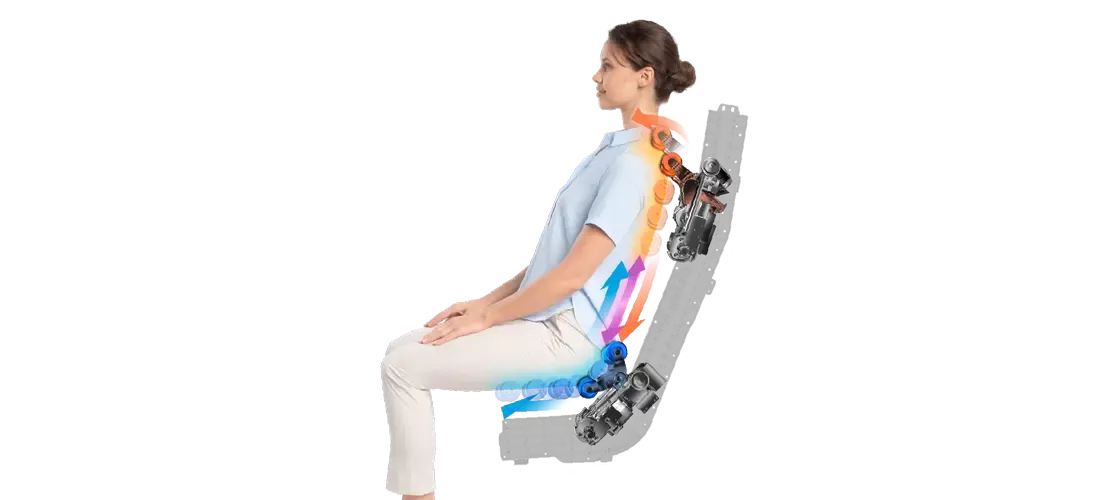
✅ Verdict: Osaki delivers greater variety and broader menu flexibility across multiple user types. Daiwa counters with more engineering-driven decompression routines and biomechanical massage focus for spinal mobility.
Programs Variety
A strong program set allows users to enjoy diverse daily therapy without repetitive sessions, while also supporting users with varied pain profiles.
🟦 Osaki provides wide programming diversity across all tiers. The OS-Champ starts with five programs, while the Admiral II boosts to fifteen—including stretch, pain relief, and postural correction modes. The Maestro LE 2.0 includes eight flagship programs paired with three memory slots that allow custom program saving for multiple users. Programs cover both casual daily wellness and active sport recovery.
🟪 Daiwa keeps program menus more concise but therapeutically focused. The Olympia offers multiple programs designed around decompression, spinal flexibility, and joint mobility. The Supreme Hybrid extends these options into its advanced synchronized dual-roller program sets, including spinal traction, posture alignment, waist twisting, and dynamic stretch sequences that simulate assisted physical therapy. Though fewer in raw count, Daiwa’s flagship programs feel highly distinct and engineered for deeper musculoskeletal outcomes.
✅ Verdict: Osaki excels at volume and multi-user customization variety. Daiwa focuses on highly engineered program design for serious spinal therapy.
Cost & Affordability
Price remains one of the clearest dividing lines between both brands, reflecting their different engineering and product development priorities.
🟦 Osaki continues to dominate across all price bands. The OS-Champ typically retails around $1,900, while the Admiral II regularly falls into the $5,000–$5,500 range. The Maestro LE 2.0 retails between $9,000–$10,000, though Costco promotions and warehouse sales often drop this closer to $7,000. This price flexibility makes Osaki extremely appealing for both budget and flagship buyers who want high-end features without paying boutique premiums.
🟪 Daiwa operates entirely within the premium-to-ultra-premium segment. The Vitality Chair begins around $5,000 depending on promotion, while the Olympia settles into the $6,000 range. The flagship Supreme Hybrid typically lands between $11,000 and $13,000 depending on retailer and seasonal pricing. Daiwa rarely participates in aggressive sales, reflecting the higher manufacturing complexity of its hybrid roller systems.
✅ Verdict: Osaki offers industry-leading feature-per-dollar pricing and seasonal affordability. Daiwa positions itself for buyers willing to pay for cutting-edge hybrid engineering with long-term decompression benefits.
Technology & Wellness Extras
Well-integrated technologies can elevate therapeutic outcomes—but only when thoughtfully applied rather than layered for marketing appeal.
🟦 Osaki leads most of the market on sheer technology count. The Maestro LE 2.0 includes heated 4-D rollers, voice activation, Bluetooth audio, LED lighting, memory profiles, USB charging, and wall-saver base positioning. Even mid-tier models like the Admiral II inherit many of these features at lower price points. Osaki prioritizes delivering smart-home integrations, app-controlled convenience, and multi-user personalization to create an entertainment-friendly experience layered on top of therapeutic capability.
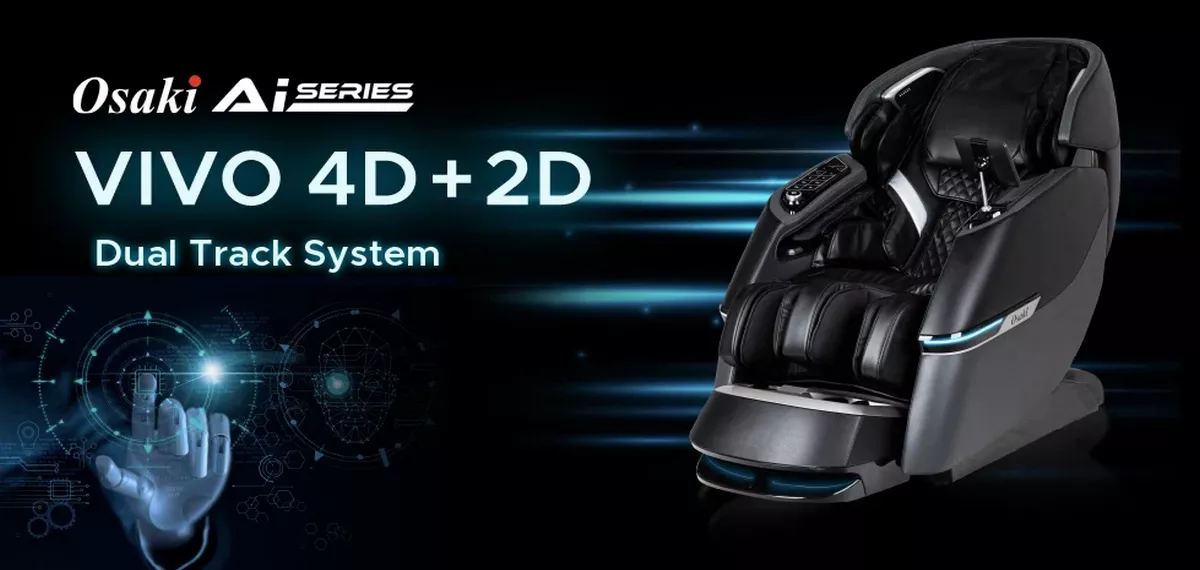
🟪 Daiwa strips back non-therapy features in favor of deeper engineering refinement. The Supreme Hybrid centers its innovation around the dual synchronous hybrid roller system, delivering medical-grade decompression sequencing unmatched by single-drive designs. While features like Bluetooth speakers and basic app control are present, Daiwa focuses its wellness extras almost entirely on better motion mechanics, vertical spinal traction, hip rotation, and split-level joint relief. The user interface remains simple and functional, aimed at physical therapy rather than casual entertainment.
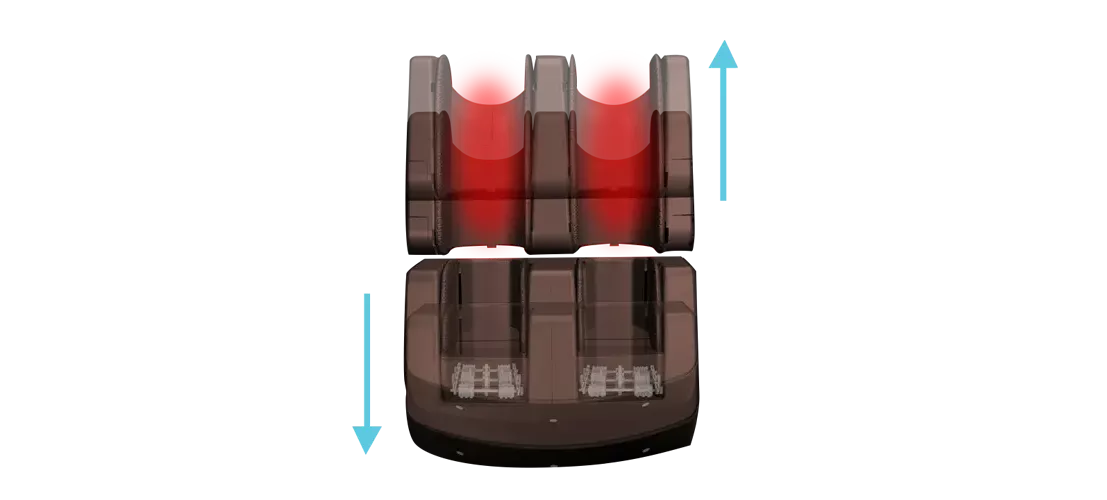
✅ Verdict: Osaki offers broader technology integration for multi-purpose wellness and smart-home appeal. Daiwa prioritizes pure mechanical innovation dedicated to spinal decompression and long-term joint mobility.
Body Coverage & Adjustability
Comprehensive massage coverage depends not only on track length, but also how well rollers follow body curves and adapt in real-time to shifting posture.
🟦 Osaki utilizes extended SL-tracks across its mid and high tiers, offering full coverage from the base of the skull to the hamstrings (53 inches on the Maestro LE 2.0). With over 30 airbags controlling compression across arms, shoulders, hips, calves, and feet, Osaki delivers exceptional zone coverage. Body scanning works accurately for most users, with additional width and roller depth controls easily accessible via remote. The Admiral II replicates much of this engineering in a mid-tier package.
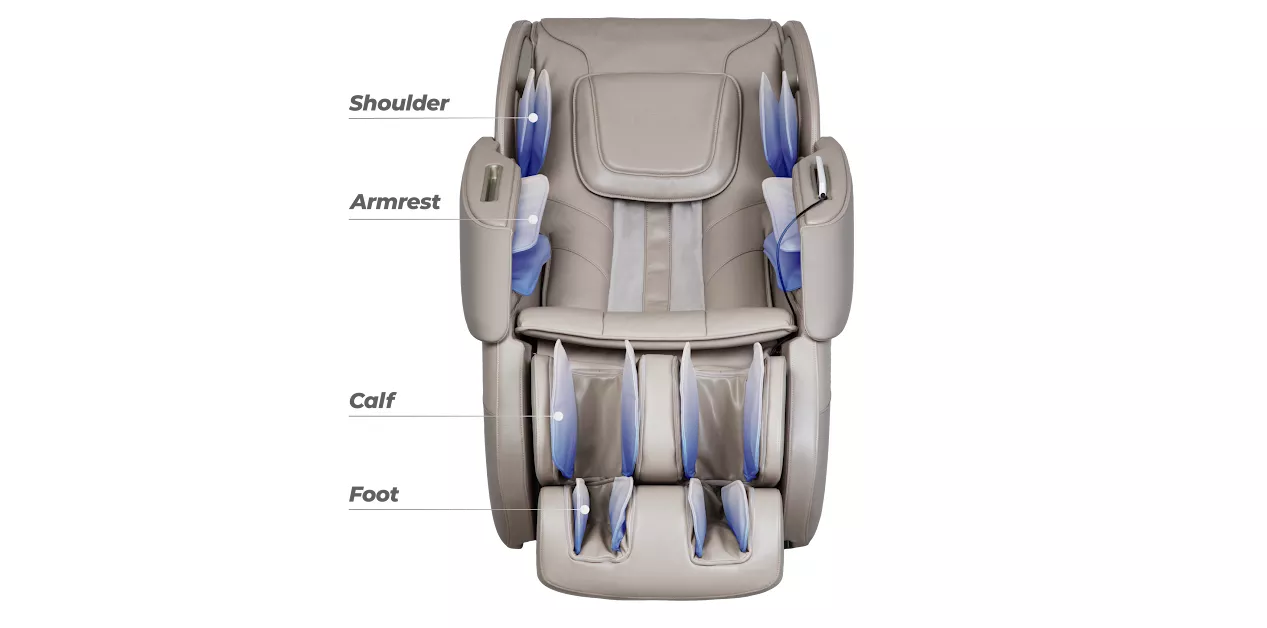
🟪 Daiwa takes a hybrid approach, combining both traditional L-track smoothness with S-track spinal curvature matching via its dual-roller technology. The Supreme Hybrid separates upper and lower roller drives, allowing one roller set to maintain consistent neck work while another simultaneously decompresses the lumbar spine. This simultaneous dual-zone operation reduces many of the start-stop transitions found in single-roller chairs. Airbag coverage is highly targeted, focusing on synchronized compression rather than pure airbag count, and its shoulder decompression zones are especially effective at enhancing neck and thoracic mobility.
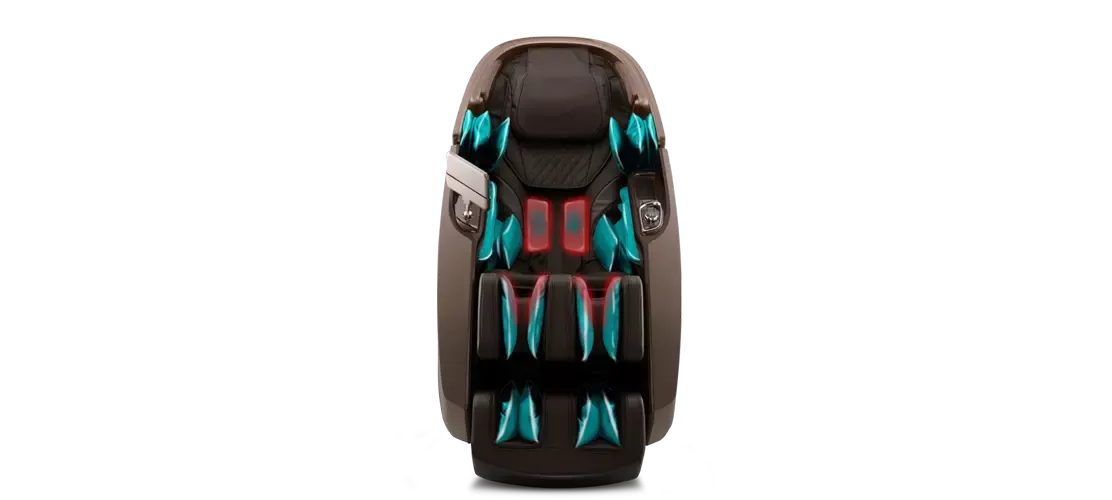
✅ Verdict: Osaki leads on comprehensive zone-by-zone body coverage with wider adjustability. Daiwa delivers exceptional synchronized decompression accuracy across multi-zone hybrid roller targeting.
Comfort & Ergonomics
Long-session comfort is dictated by not just padding, but how intelligently a chair supports the user’s spine, neck, and hips without inducing fatigue.
🟦 Osaki provides plush, forgiving comfort across all tiers. The Admiral II and Maestro LE 2.0 feature thick cushioning, ample lumbar support, and multi-stage Zero Gravity recline settings that unload spinal pressure for deeper relaxation. Both models also provide wide shoulder clearance and auto-extending footrests to easily fit taller users (up to 6'5"). Even the OS-Champ remains impressively comfortable for an entry-level product, though its recline angles are less precise for users seeking advanced orthopedic support.
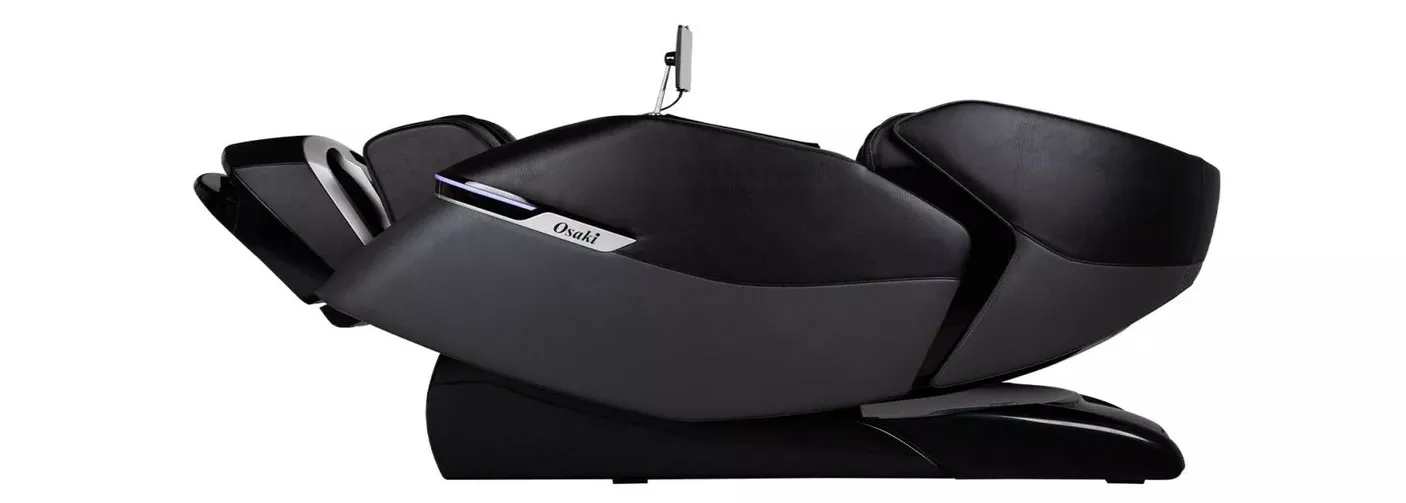
🟪 Daiwa designs its seating system with a far stronger medical-orthopedic tilt, focusing on spinal elongation and posture correction even while reclined. The Olympia offers firm, posture-correct seat bases paired with shoulder-hold decompression positions that actively align vertebrae during stretching. The Supreme Hybrid uses its dual-roller layout and Zero-Gravity depth to minimize sacral strain, promote proper pelvic tilt, and preserve neck alignment better than most single-carriage designs. Its seating balance allows for exceptionally long sessions with minimal muscular fatigue—even after 60+ minute sessions.
✅ Verdict: Osaki shines for cushioned, multi-user comfort with universal body fit. Daiwa excels for users who prioritize therapeutic posture alignment and superior long-session spinal comfort.
Quick Buyer Match Guide
🟦🟦 Choose Osaki if you
• Want broad model variety at every price tier.
• Prioritize heated 4-D rollers, voice control, and customizable entertainment features.
• Need flexible pricing with frequent sales and promotions.
• Value highly adjustable massage routines for casual and serious users alike.
• Prefer family-friendly designs accommodating multiple body sizes.
🟪🟪 Choose Daiwa if you
• Prioritize hybrid dual-track engineering for maximum spinal decompression accuracy.
• Seek medical-grade stretching and rotational flexibility routines.
• Want extremely smooth roller transitions and stable long-term motor performance.
• Prefer a smaller but highly focused product catalog designed around serious therapeutic outcomes.
• Expect consistent, centralized customer service with direct support channels.
Conclusion
Osaki remains the unmatched king of feature-per-dollar value, stacking technology, personalization, and full-body adjustability into nearly every model it offers. Its flexible price range allows both first-time and experienced buyers to scale comfortably into increasingly sophisticated features while maintaining access to aggressive sales events.
Daiwa, on the other hand, represents one of the most refined massage chair engineering platforms available for buyers who want serious spinal care innovation. Its hybrid roller system, superior decompression accuracy, and highly stable dual-motor architecture place it among the most advanced platforms for users with chronic back concerns and orthopedic needs.
For multi-user households, tech lovers, and buyers maximizing feature count, Osaki remains king of mainstream flexibility.
For decompression purists and spine-first therapy seekers, Daiwa sits in a rarefied engineering class unmatched by most of the mass-market competition.






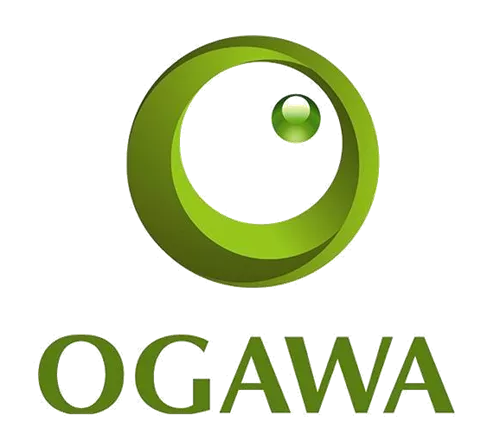
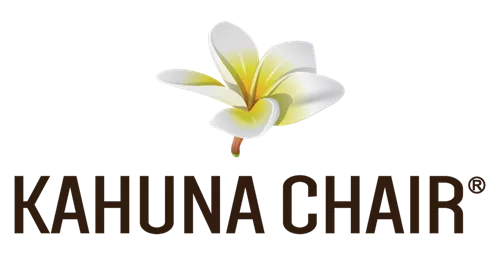



.png)